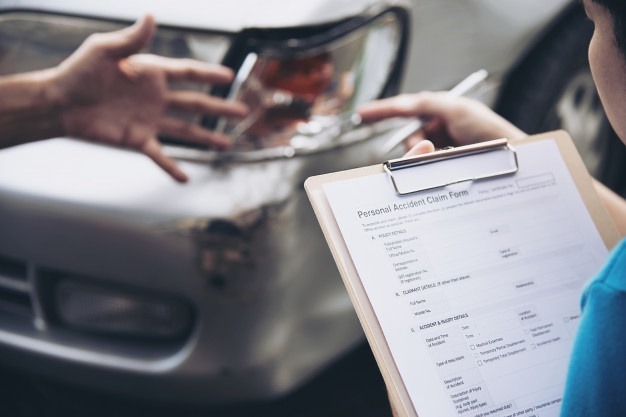Many people make the mistake of not registering the car in their own names very lightly. However, according to legal experts and law enforcement officers, registering is one of the most important things that car owners need to do.
It does not matter whether you are buying a completely new automobile or a second-hand car from a dealership. You need to fill in the paperwork, register the vehicle in your name, and ensure that all the legal processes and stipulations are complete and full-proof.
While buying a new car makes the process easier (as you do not have an option), most people tend to skim on the registration process after they purchase a second-hand vehicle.
In this article, we are going to help individuals understand how they can register their car. We will help with five tips that are going to help with the registration process.
List of 5 Tips to bear in mind when getting your car registered
1. Different states have different registration rules

No two states have the same formalities when it comes to car registrations. If you are buying a second-hand car from a different state, ensure that you are following the rules and regulations of that state. You need to understand that the filing of the paperwork is quite different. The guidelines and the way the government professionals handle the same is radically different.
2. Check-in with the DMV for assistance and guidance
Every vehicle that is registered in the United States has to go for checking and assessment to the DMV, or the Department of Motor Vehicles. In most states, DMVs accept walk-ins for vehicle registration. However, there might be times when you would be required to seek a prior appointment before getting your car over for the registration formalities.
3. Gather all the information about the Vehicle beforehand

If you are purchasing a second-hand vehicle you need to gather all the information about the vehicle before proceeding with your visit to the DMV. Some important pieces of paperwork that you need to carry include the VIN or the Vehicle Identification Number, the Chassis Number, original purchase receipt, and paperwork from the first registration process.
4. Getting the Vehicle Assessed and Registered
Once you have been able to book an appointment with the DMV, have all the paperwork in place, you can go ahead to the assessment and registration stage. Here, the officials from the DMV will inspect the vehicle, see whether the VIN matches up, and check for prior records of the vehicle if it has been involved in fines, legal cases, and so on. Following this, you will be asked to sign and get the vehicle registered in your name.
5. Make the Payment to complete the Formalities-
As the new owner of the vehicle, you will be required to pay the DMV a legal fee and commission. You do not need to worry about the DMV accepting payment methods. In fact, they accept everything from debit cards to credit cards and even cash. You would also be required to pay the registration fee for the next three to five years of the vehicle, which you have gotten registered.
The Final Word
Following the above five points can make your vehicle registration process easier. If you wish to know any important details about the vehicle registration process, let us know in the comments section below. If you have more than one car for your business, car transport companies such as ACERTUS can also help with fleet title and registration.




























